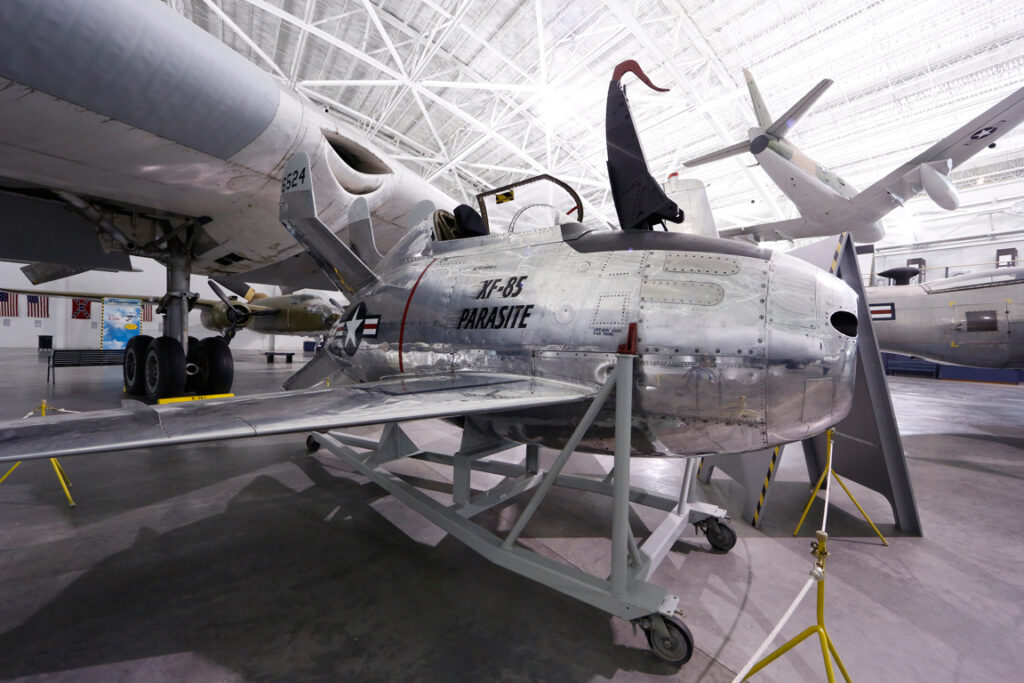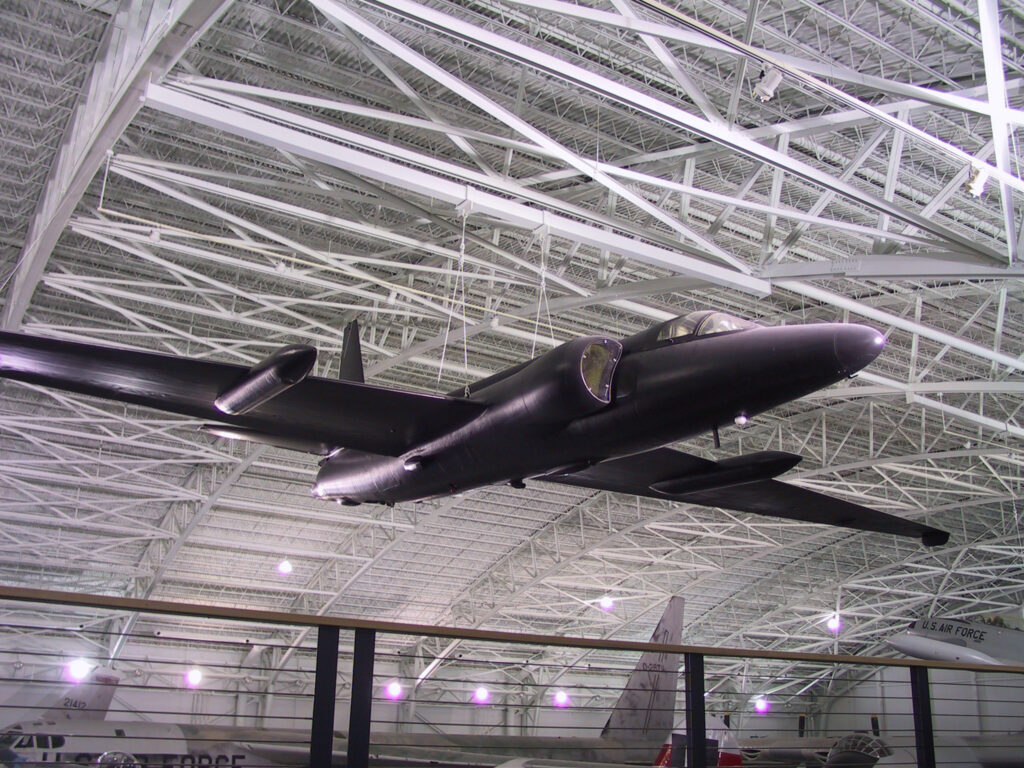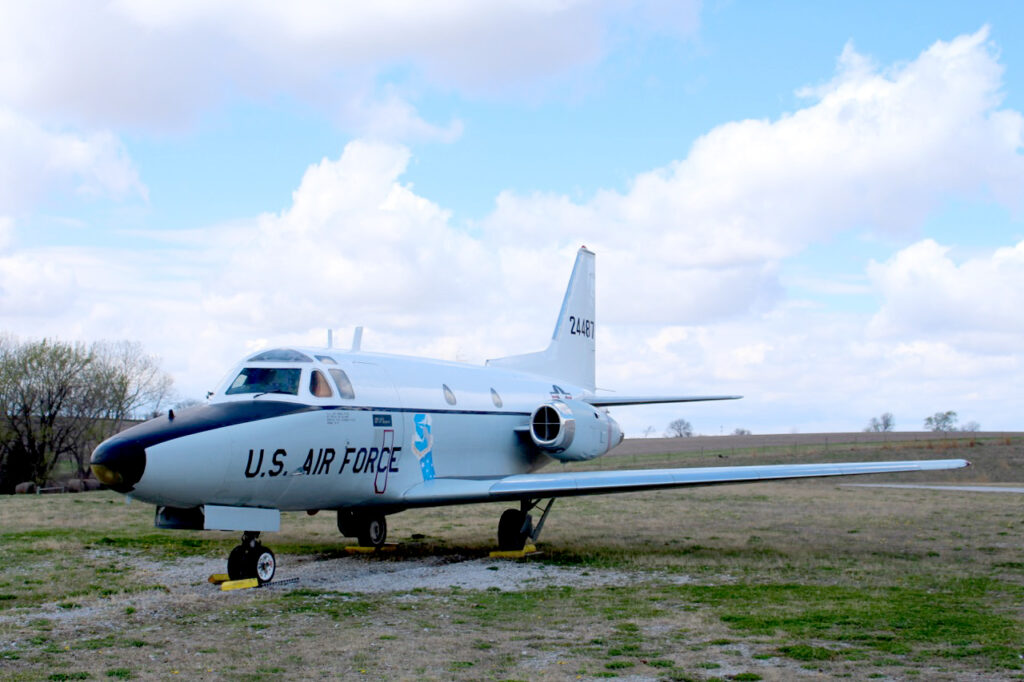Let Your Curiosity Soar
HU-16B “Albatross”
The Albatross began as a Navy aircraft. The initial Navy contract was for two XJR2F-1 prototypes, the first taking the air on October 1, 1947. During development, the Navy had decided its initial order would be for Anti-Submarine-Warfare aircraft (ASW) designated PF-1As. The Air Force became interested in using the Albatross as a search and rescue platform (SAR) and ordered procurement as the SA-16. The initial Air Force order was for 52 SA-16s, the first of which was delivered in July 1949. Ironically the Air Force was the first service to receive a production aircraft because the Navy had dropped its procurement of the Albatross as an ASW platform and instead ordered six UF-1 utility aircraft.
The Museum’s HU-16B, S/N 51-0006 was manufactured as an SA-16A by Grumman in Bethpage, New York, and delivered to the USAF on September 7, 1951.
Specifications
Aircraft Type: HU-16B, S/N 51-0006, Albatross, Grumman
Mission: Utility transport and air/sea rescue amphibian
Number Built: Grumman delivered a total of 297 SA-16As to the USAF; others were obtained on USAF contracts for foreign air forces under Mutual Defense Aid. The SA-16B became the HU-16B in 1962. All but 21 of the SA-16Bs were converted from the SA-16A. The USAF retired their HU-16 in 1973 with some 55 being transferred to the Coast Guard.
Powerplant: Two Curtis-Wright R-1820-76A radial, air-cooled engines, 1,425 horsepower each
Weight: Empty 20,100 pounds, loaded 27,500 pounds, maximum takeoff weight 37,500 pounds
Dimensions: Wingspan 80′, length 60’8″, height 24’10″
Performance: Maximum speed 270 MPH, cruising speed 225 MPH, service ceiling 21,500 feet
Additional Exhibits

XF-85 “Goblin”
Learn More
U-2C “Dragon Lady”
Learn More